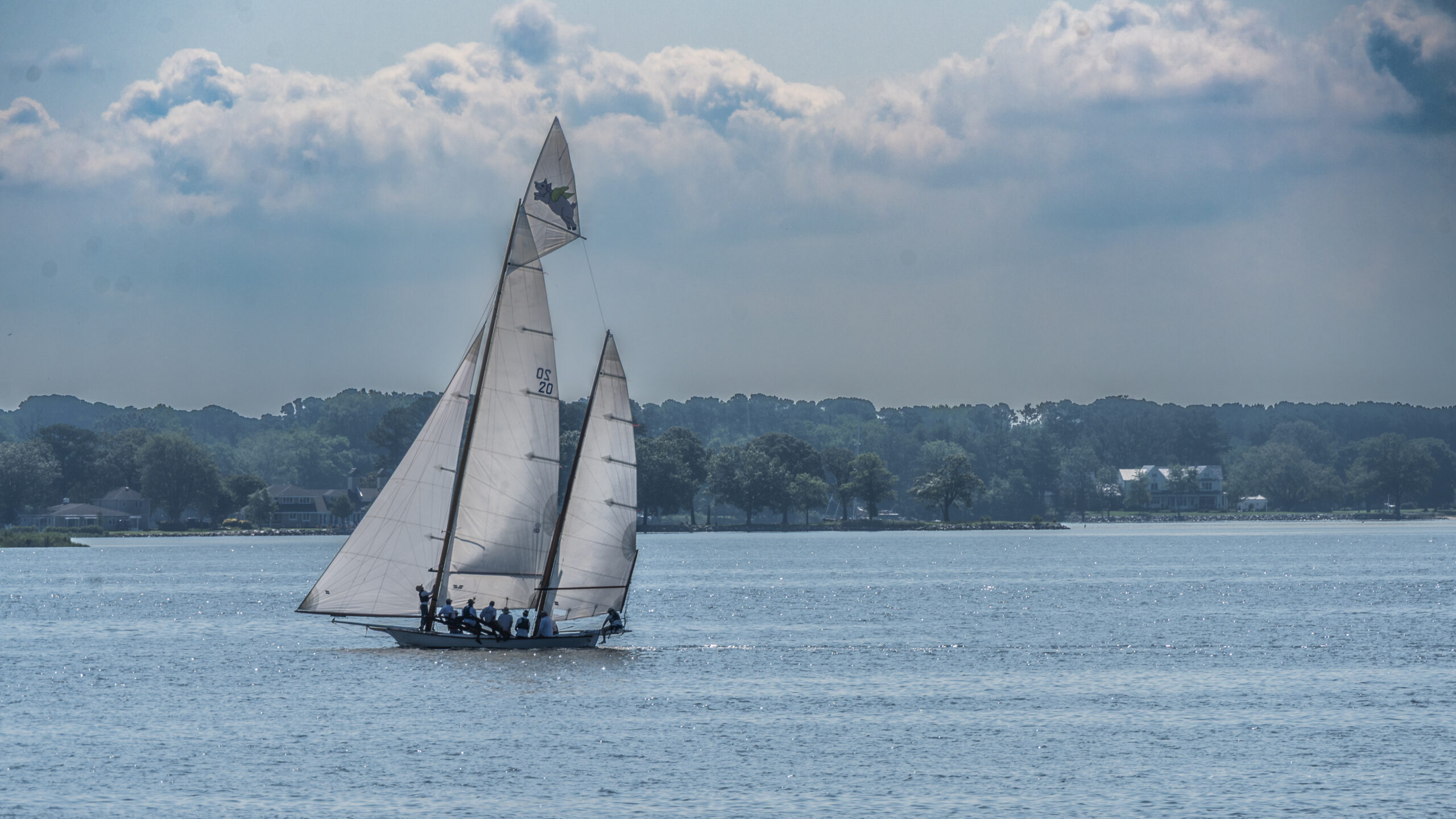Both of my grandfathers were geologists who worked for oil companies, which meant they got “transferred” every few years. Travel was a major part of my parents’ lives, so vacations weren’t exactly a novelty. But they both loved history, and that meant most of our family vacations doubled as educational experiences.
The first vacation I really remember was a week at Yellowstone National Park. My parents thought it would be fun to rent a travel trailer and do some camping. That first night in the campground was wonderful. We cooked dinner over an open fire, everything tasted better outdoors. After dinner, we went for a walk and found arrowheads, which was beyond exciting for a group of kids.
The trailer didn’t have a bathroom, so getting four small children to the campground restroom before bed was quite the production. But the real adventure came in the middle of the night when a family of bears completely trashed our campsite kitchen. They dumped over the big Coleman cooler and ate everything, even my mom’s homemade brownies.
Unfazed, my parents restocked the dented cooler the next day, and our second dinner was just as delicious, including rainbow trout that we had caught on a fishing trip to Jenny Lake. For dessert, Sara Lee brownies replaced my mom’s homemade batch. The cooler spent the night locked in the car.
But that night brought a new challenge, a summer snowstorm. The trailer didn’t have a heater, so we all froze. The windows in the trailer were caked with ice. The next morning we layered our jeans and T-shirt’s with our new sweatshirts and headed to the warmth of a diner for breakfast. My parents wisely decided to move us into a small motel down the road, one with heat and, most importantly, a bathroom. My grandparents had flown in from Denver and were staying at the Jackson Lake Lodge, a beautiful lodge with huge windows overlooking the mountains.
Our last night in Yellowstone, after visiting Old Faithful, we met them for dinner at the Lodge. Dressed in our Levi’s and boots, our camping clothes, we felt just a little out of place in the elegant dining room. But after bear raids, snowstorms, and campfire dinners, we didn’t mind being the underdressed ones at the table. It felt like we’d earned it.
The next year we swapped the mountains for the Atlantic Ocean when my family flew to Georgia. The helicopter ride from Atlanta to Sea Island, Georgia, when I was five, was almost as exciting as learning to ride my brand-new bike on the beach. The only downside to the beach were the massive piles of seaweed that washed up along the shore, they absolutely terrified me. Because of that, I much preferred my grandmother’s beach club for swimming. Honestly, the beach club had its own perks: the luxury of ordering hot dogs, sandwiches, ice cream, and lemonade from a waiter made it hard to resist.
On Saturday nights, we would get dressed up and head to the Cloisters for dinner. The grown ups lingered over their meals while we were sent to the kids’ lounge where we would play games. I won a Peter Pan game after being the last one standing during a musical chairs game. We drank numerous Shirley Temples and ate hot fudge sundaes.
One morning, my older siblings (we were nine, seven, and five years old) and I were sent on a guided tram tour (no parents, it was the 1960’s) to St. Simon’s Island. We climbed the lighthouse, and saw the Bloody Marsh, Fort Federica, and Christ Church Churchyard. It was one of the most boring trips, ever. I now wonder what my parents were off doing that day, probably enjoying the adults only pool at the beach club.
Not long after, we traded planes for a road trip. The summer of my cousin’s wedding in New Mexico, my parents bought a Buick Vista Cruiser. It had three rows of seats, roof-mounted skylights, and best of all: air conditioning. For a family of six, it felt like pure luxury.
That was also the summer we discovered the joys of Holiday Inn motels. We loved everything about them, the pools, the ice machines, the food, it was every kid’s dream. To us, the bright green Holiday Inn sign practically meant vacation magic.
We spent the next summer on a bus touring New England. We visited the Ocean Spray Cranberry bog, Plymouth Rock, Bunker Hill, Old North Church, and Paul Revere’s house. We ate lobster rolls almost every day while visiting my aunt’s summer home in Biddeford Pool, Maine. Our days were spent swimming in the freezing North Atlantic and drinking six ounce Cokes in glass bottles. I learned to play solitaire (the card game) and Scrabble with my family in front of a roaring fire at night.
My parents, while on vacation taught us how to roll with the unexpected, how to find wonder in new places, and how to always keep a sense of humor no matter what the road had in store. Travel didn’t always go smoothly but each trip became a story we would repeat at family dinners and laugh about years later.
Kate Emery General is a retired chef/restaurant owner who was born and raised in Casper, Wyoming. Kate loves her grandchildren, knitting, and watercolor painting. Kate and her husband, Matt are longtime residents of Cambridge’s West End where they enjoy swimming and bicycling.



 Note that the log canoes are not all the same size. The difference in boat size is factored into determining the winner of the race. The larger log canoes, because they travel faster than the smaller ones, are awarded “time” based on their size. Thus, even though a large log canoe may cross the finish line first, it may not win the race.
Note that the log canoes are not all the same size. The difference in boat size is factored into determining the winner of the race. The larger log canoes, because they travel faster than the smaller ones, are awarded “time” based on their size. Thus, even though a large log canoe may cross the finish line first, it may not win the race.


